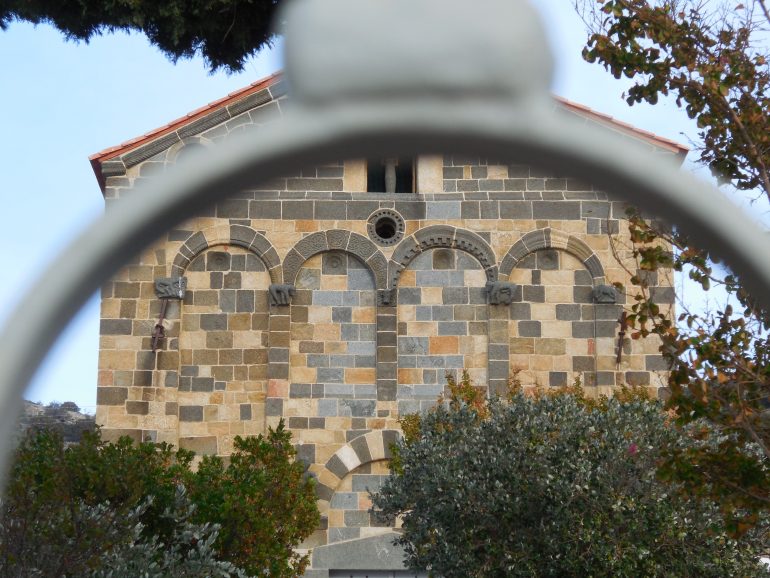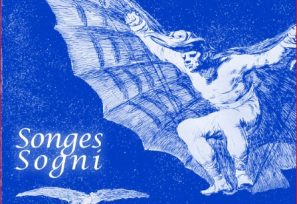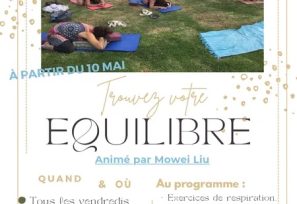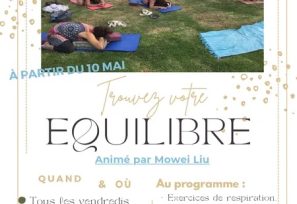A masterpiece of Romanesque Art and the flavour of almonds... This village takes delight in perpetuating ancient customs. It still organises traditional processions followed by festivities around an open-air meal.
The village and its two hamlets, Torre and Praoli, located on the hillside, overlook an agricultural plain that extends to the sea. Arboriculture has been one of the riches of the town: olive trees but also citrus and almond trees have long shaped this landscape, unfortunately damaged by fires. Aregno was known for the quality of its oranges, considered to be the best in Corsica; they were even exported to the continent. The first Aregno orange trees were imported from Portugal in the 17th century. One variety of orange is called "AREGNO citrus sinensis osbeck". In January, the blessing of the oranges takes place, and the procession of Saint Anthony the Abbot, whose statue they adorn. The village is also known for its almonds ... At the end of the 19th century, almond cultivation covered 3000 ha of the island. By the middle of the last century, it only represented a hundred hectares. It was in 1997 that the rural center decided to give the almond tree its nobility through its cultivation and the organization of a rural fair on the first weekend of August. Almond and its derived products from ancient local food traditions are celebrated there. Sights... Trinity Church: a real gem of Romanesque art, built from multicoloured granite. Listed as a Historical Monument since 1883, it was the seat of the Aregno parish in the diocese of Aleria in 1177. The interior wall paintings dating from 1449 and 1458, "The Four Doctors of the Church" and "Saint Michael Slaying the Dragon", are also classified works. Saint-Antoine Abbé parish church: located in the heart of the village, this Baroque church features a tall ochre-coloured bell tower with 3 arched levels. The front facade of pink striped with white is flanked by sculpted side doors. The date 1818 is engraved on a cornerstone. The church houses some works belonging to the municipality which are listed Historical Monuments, including canvas paintings, "The Death of Saint Francis-Xavier" and "The Virgin and Rosary with Saint Dominic and Saint Catherine of Sienna", some wooden furniture (prayer pulpit from 1714 and 18th-century friary stalls with four seats in stained, waxed wood) in the Saint-Antoine chapel. Vestiges of San Quilicu Chapel, a Romanesque building dating from the 10th century. Events: an almond festival, "a fiera di l'Amandulu" (first weekend of August)
Features
-
Equipments
- Bar
- Car park
- Parking nearby
- Restaurant
-
Visit
-
Individual visit :
-
Group visit :
-
Individual visit :
To know
-
Animals welcome
Pets not accepted










